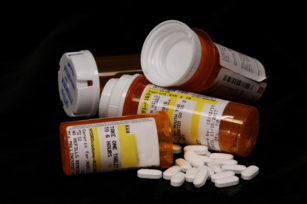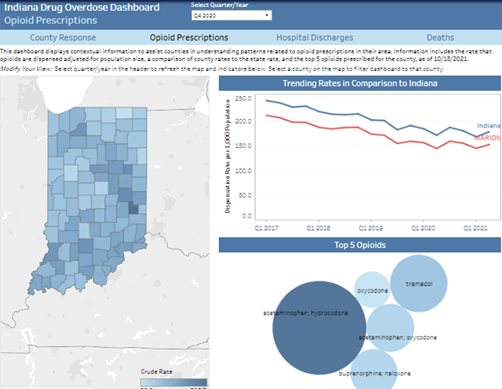|
For the first time ever, the United States had a 12-month period (April 2020 to April 2021) in which more than 100,000 individuals died from a drug overdose. That is a 28.5% increase in overdose deaths for the same period the year before. Preliminary data from the Centers for Disease Control and Prevention (CDC) shows that synthetic opioids, such as fentanyl, account for 64% percent of the deaths.
It is thought that the increased use of fentanyl and the COVID-19 pandemic are contributors to the overdose death increase. Director of the National Institute on Drug Abuse, Dr. Nora Volkow, emphasizes the cause of this increase might be due to access to drugs that are more dangerous and cheaper. Even before COVID-19, experts were paying close attention to the use of potent synthetic drugs, but the pandemic may have aggravated this issue.
The U.S. government seized enough fentanyl this year to give every American a lethal dose, U.S. Drug Enforcement Administration Administrator, Anne Milgram said, “overdose deaths are seen as a national crisis, and many experts are focused on improving access to treatment, removing barriers to treatment, and supporting harm reduction strategies.”
 Hendricks County is now providing overdose-reversal kits to anyone who requests one. These overdose-reversal kits known as NaloxBox will be available in three different locations in Hendricks County. These locations are the Journey Church in Avon, the Brownsburg Public Library, and the Family Promise Resource Center in Plainfield. Each Naloxbox will include:
- A single dose of Naloxone – a prescription medicine used for the treatment of a known or suspected opioid overdose emergency
- Instructions on how to administer the drug
- Symptoms to look for in the event of an overdose
- Resources for those battling with addiction
Although naloxone is available in several pharmacies in the county and at the health department, this is the first time that it will be available to the public for free. The hope is that NaloxBox will be more accessible since is anonymous, rather than getting naloxone from a pharmacy.
 A 2021 retrospective study wanted to understand the relationship between co-prescriptions of gabapentin, opioids and benzodiazepines among disabled Medicare beneficiaries. Medicare data from 2013-2015 was studied to understand gabapentin, opioid or benzodiazepine prescriptions. Since the goal was to understand the relationship between several drug class types, it is important to understand some essential vocabulary. Augmentation was described as a prescription for a different medication class in addition to the initial medication prescribed; switching referred to a change in prescription for a different medication class with no subsequent fills of initial medication.
Among all the cases examined (151,552), 50.1% of patients initially prescribed gabapentin were more likely to augment therapy. For initial opioid prescriptions, 28.7% were more likely to augment therapy and 38.7% of those prescribed benzodiazepines. The risk of augmentation and switching was significantly higher among gabapentin initiators compared to opioid initiators.
This retrospective story shows that the benefits and risks of co-prescribing these medications must be examined comprehensively, especially for vulnerable individuals with co-morbid pain and mental health conditions.
 Please visit the Indiana Drug Overdose Dashboard, where you will find data from 2017 up to provisional data for 2021. In this dashboard, you will find data regarding opioid prescriptions, hospital discharges, and drug-related deaths.
|